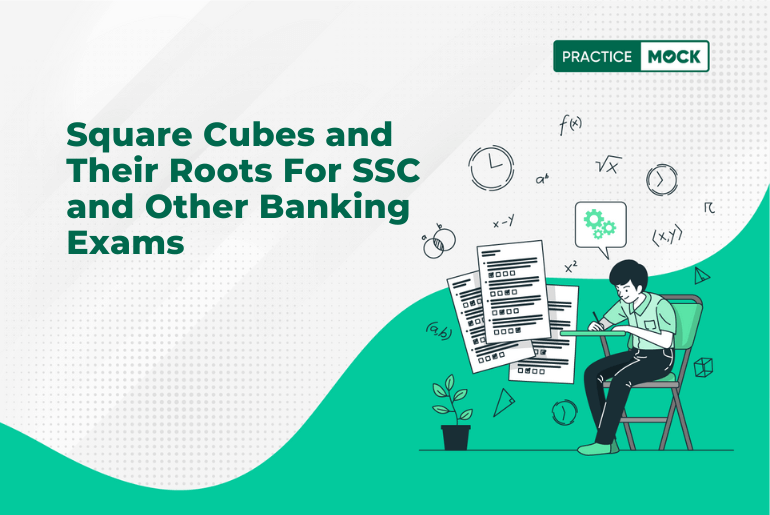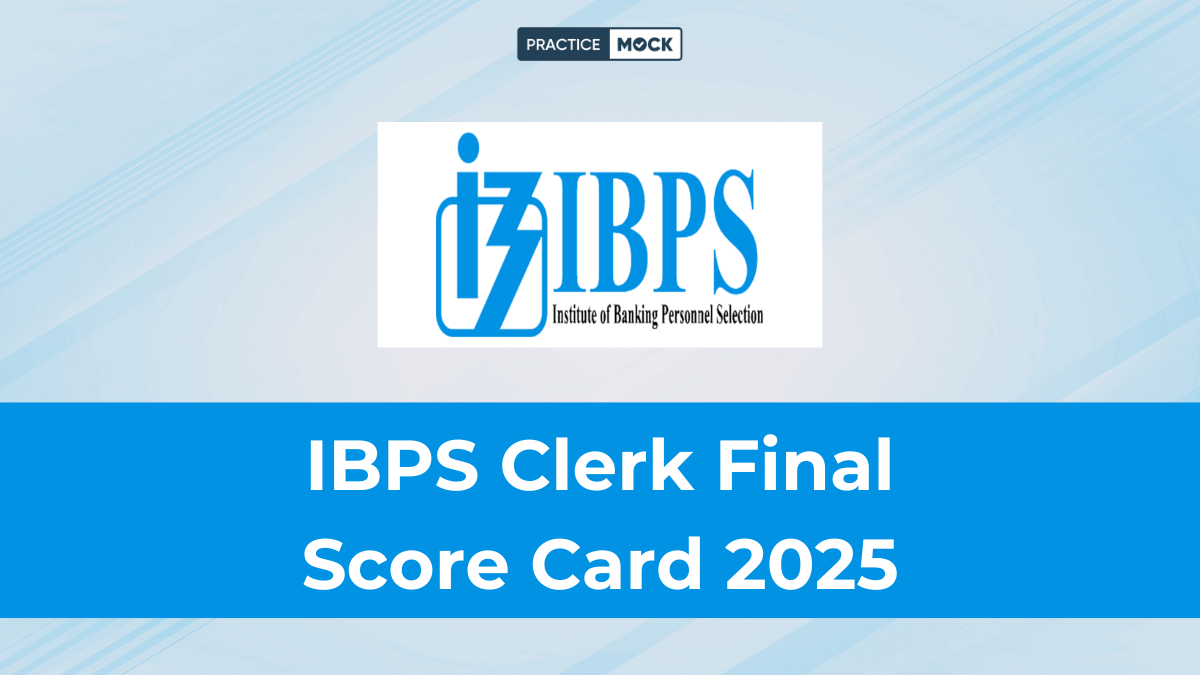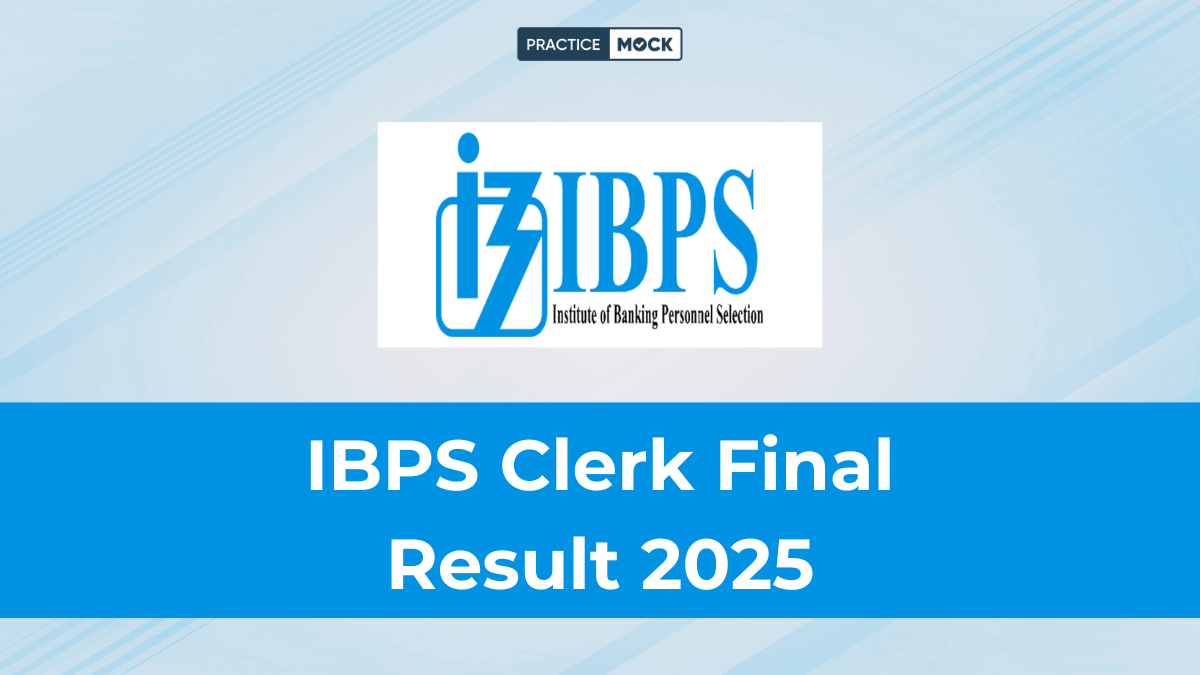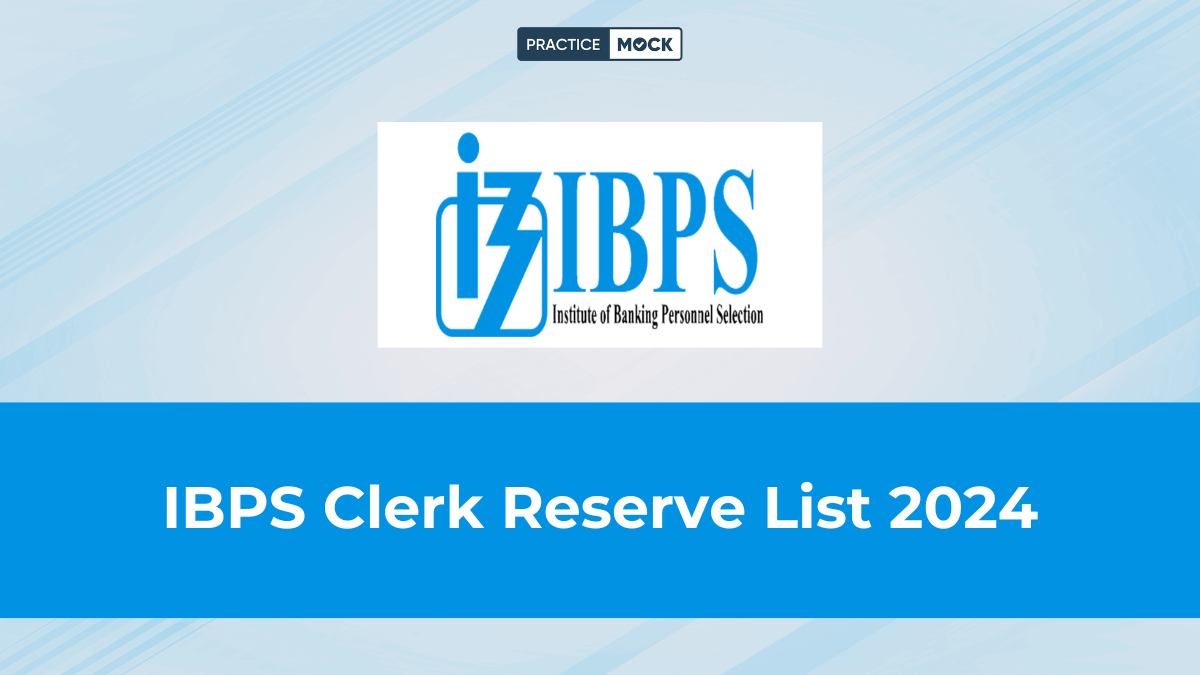Square Cubes and Their Roots For SSC and Other Banking Exams


Square cubes and roots for SSC and banking exams: In the realm of competitive exams like SSC and banking, a solid foundation in mathematical concepts is indispensable. One such fundamental topic is understanding square cubes and their roots. These concepts, involving numbers raised to the power of 2 and 3, form the building blocks for various mathematical problems. In this article, we’ll explore the significance of square cubes, delve into their roots, and discuss how mastering these concepts can enhance your problem-solving skills in SSC and banking exams.
Square Numbers: The Foundation of Squaring in SSC and Banking
Square numbers, also known as perfect squares, are the result of multiplying a number by itself. Understanding square numbers is crucial as they frequently appear in mathematical problems. Knowing the squares of numbers up to a certain range can significantly expedite calculations during exams. This foundational knowledge is particularly useful in quantitative aptitude sections, where speed and accuracy are paramount.
Cubic Mastery: Grasping the Power of Cubes
Moving beyond squares, cubic numbers involve raising a number to the power of 3. Recognizing cube numbers is essential for tackling problems that deal with volume, dimensions, and advanced mathematical concepts. Developing a mental list of cube numbers can streamline calculations and boost efficiency during the time-sensitive nature of competitive exams like SSC and banking.
Square Roots: Unraveling the Reverse Process
In the reverse process, square roots involve finding the number that, when multiplied by itself, yields a given square number. This concept is crucial for unraveling solutions to problems involving area, side lengths, and proportions. Familiarizing yourself with common square roots can simplify calculations, allowing you to navigate through complex quantitative aptitude problems with ease.
Cube Roots: Navigating the Third Dimension
Similarly, cube roots involve determining the number that, when multiplied by itself twice, produces a given cube number. Cube roots find application in problems related to volume, dimensions, and advanced mathematical computations. A strong understanding of cube roots equips candidates with the tools needed to approach a diverse array of mathematical questions in SSC and banking exams.
Shortcut Techniques: Enhancing Speed and Accuracy
Mastering square cubes and their roots involves more than just rote memorization. Shortcut techniques play a pivotal role in enhancing speed and accuracy during exams. Learning tricks to quickly identify squares, cubes, and their roots can save valuable time, allowing you to focus on solving more complex problems and increasing your overall score.
Practice Makes Perfect: Sharpening Your Skills
As with any mathematical concept, practice is key to mastery. Regularly solve problems involving squares, cubes, and their roots to reinforce your understanding. Embrace a variety of problems to expose yourself to different scenarios that may appear in SSC and banking exams. Practice not only solidifies your knowledge but also hones your problem-solving skills.
Incorporating Square Cubes in Problem Solving: Exam Strategies
In SSC and banking exams, the ability to swiftly incorporate square cubes and their roots into problem-solving is a valuable skill. Developing a strategic approach involves recognizing patterns, utilizing shortcut techniques, and confidently applying these concepts to diverse problem scenarios. Integrating square cubes seamlessly into your problem-solving toolkit can significantly boost your overall performance in the quantitative aptitude section.
Conclusion: Empowering Your Mathematical Arsenal
In conclusion, a strong grasp of square cubes and their roots is indispensable for success in SSC and banking exams. These concepts form the basis for a wide range of mathematical problems, and mastering them can elevate your problem-solving skills. Whether it’s calculating dimensions, finding areas, or navigating advanced computations, a sound understanding of square cubes is a powerful asset in your mathematical arsenal for competitive exams.
Recent Posts
IBSP RRB PO Quant Previous Year Question Paper, Download Free PDF
Here we are providing the IBPS RRB PO Quant Previous Year paper, Candidates can download…
Types of Question Asked in RRB Clerk Exam
In this article we've discussed the types of questions asked in RRB Clerk Exam that…
Finance & Management Preparation Strategy for Non-Finance Background Aspirants
Non-finance background? No problem! Discover simple and efficient strategies to master the Finance & Management…
UIIC Apprentice Recruitment 2025, Check Eligibility & Important Dates
In this article, we have discussed the details mentioned in the notification released by UIIC…
Idioms and Phrases for SSC CGL Exam, Check MCQ Quiz, Download Free PDF
In this blog, we have provided the Idioms and Phrases for SSC CGL Exam. Candidates…
RRB JE CBT 2 Cut Off 2025 Expected, Check Marks Calculator
In this blog, we have provided the details related to RRB JE CBT 2 Cut…



